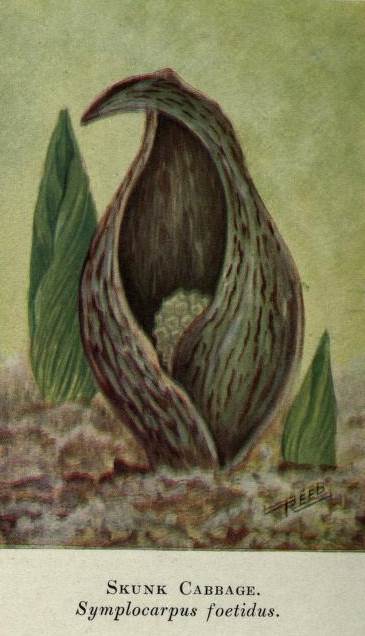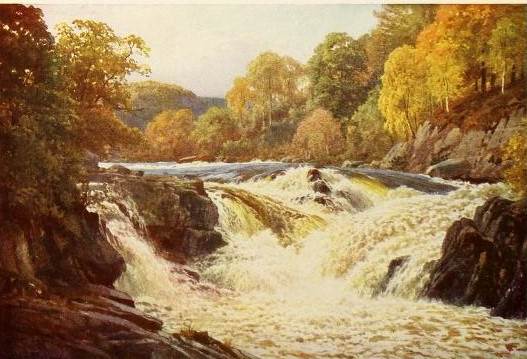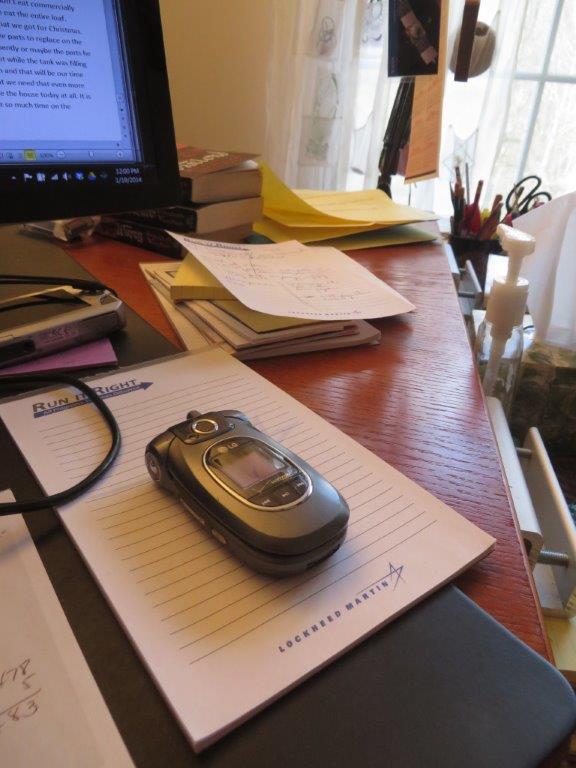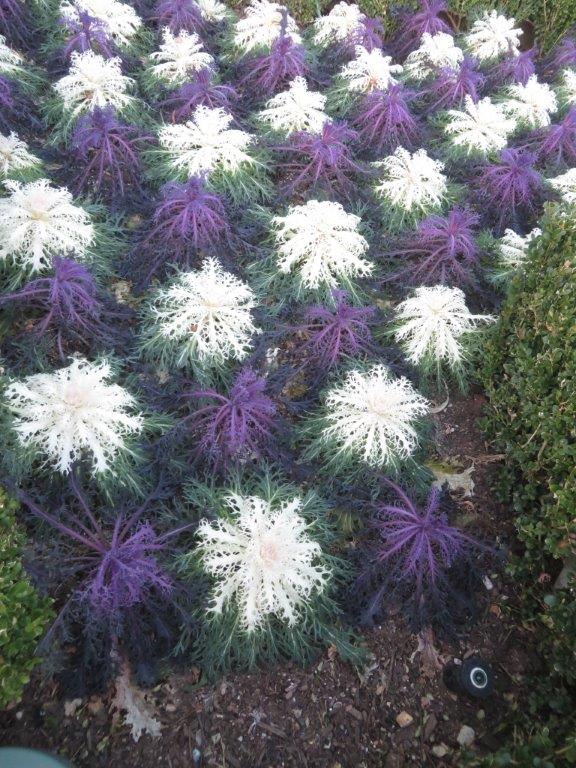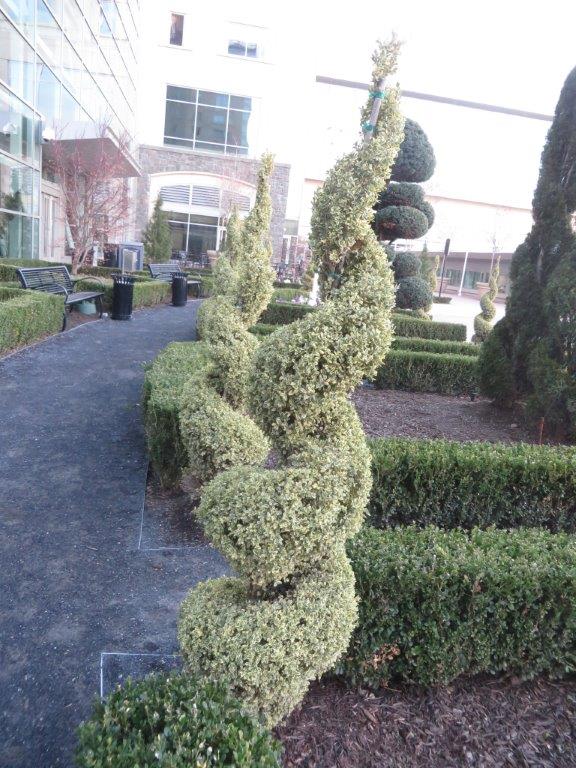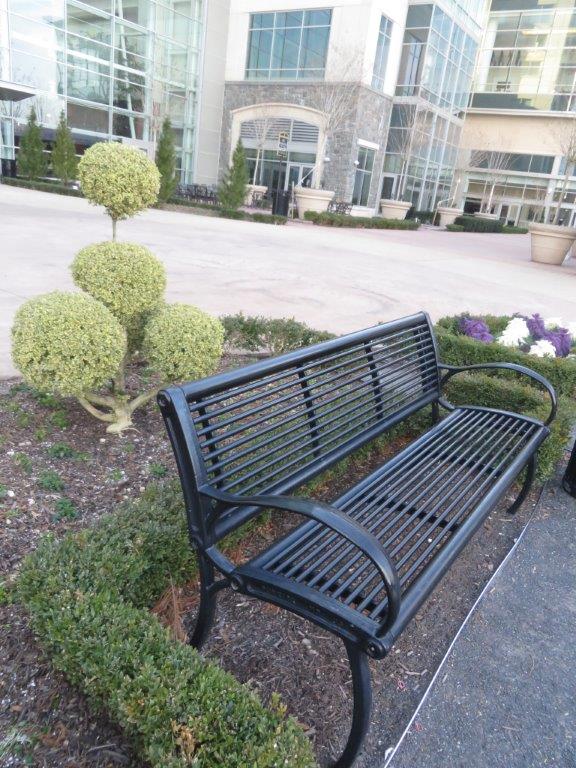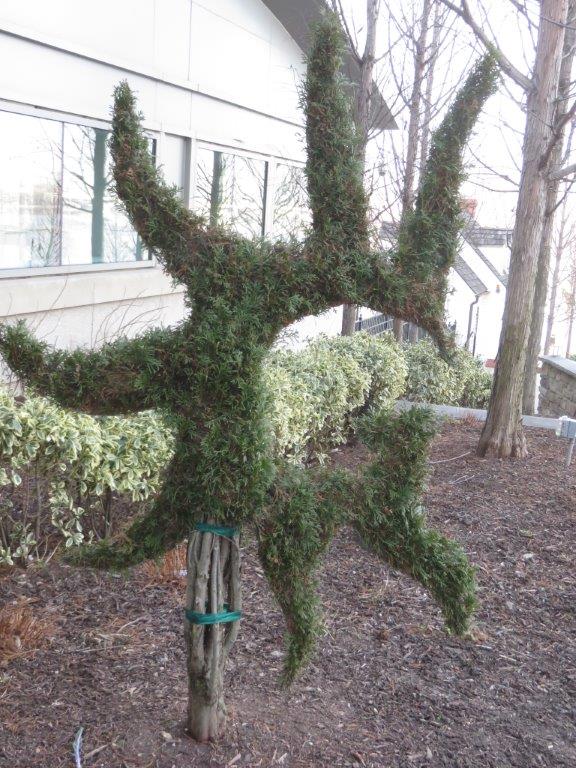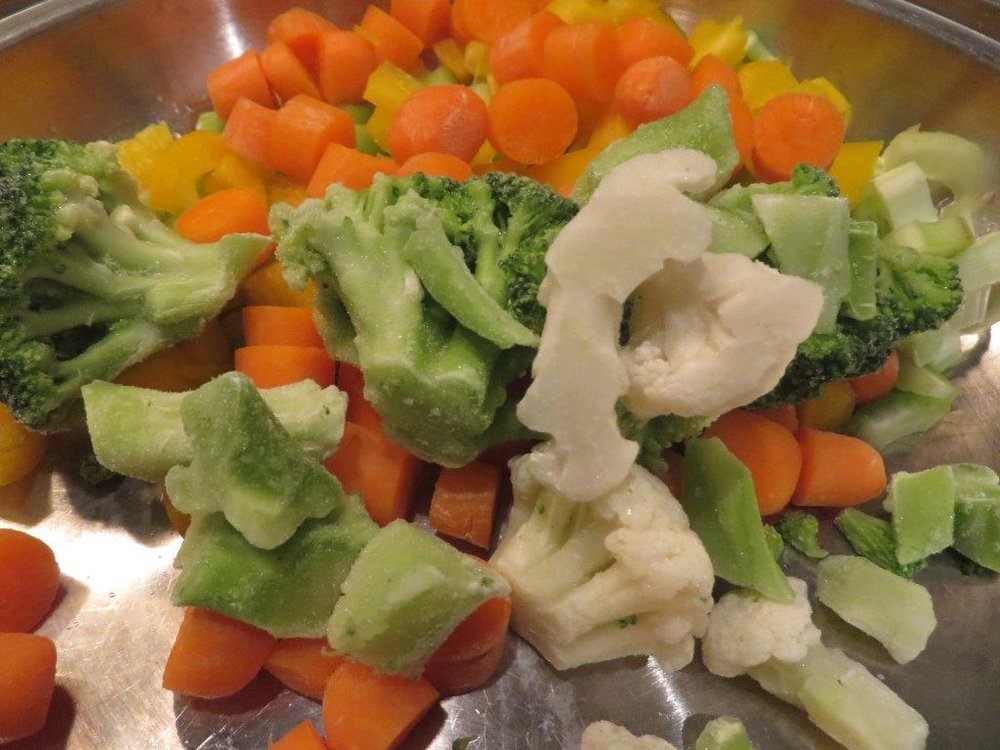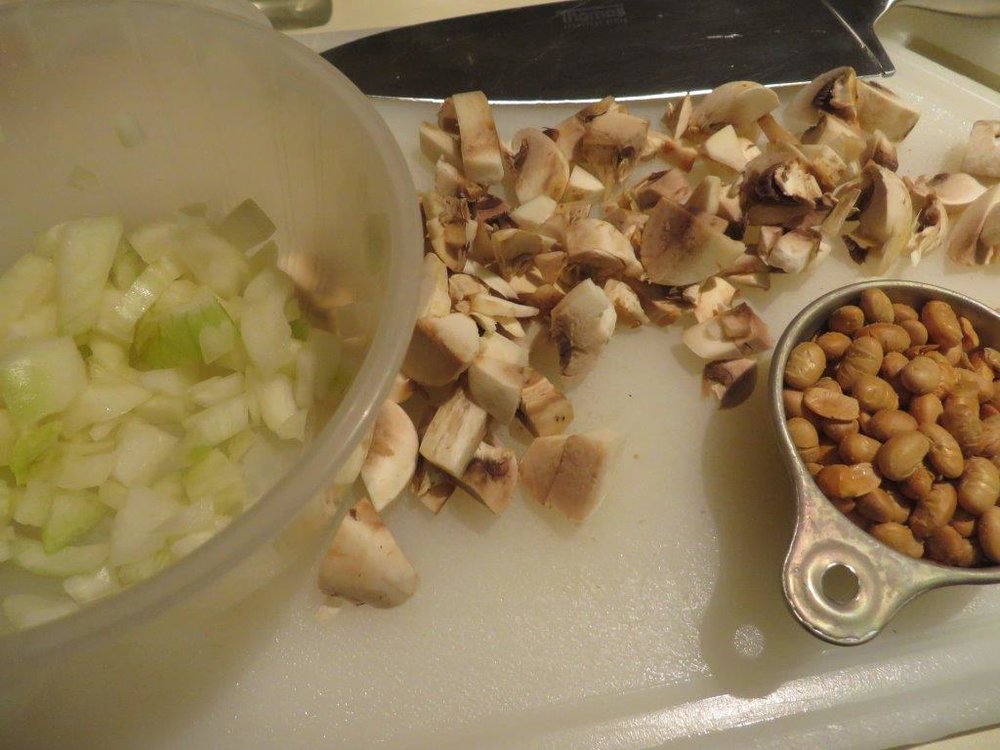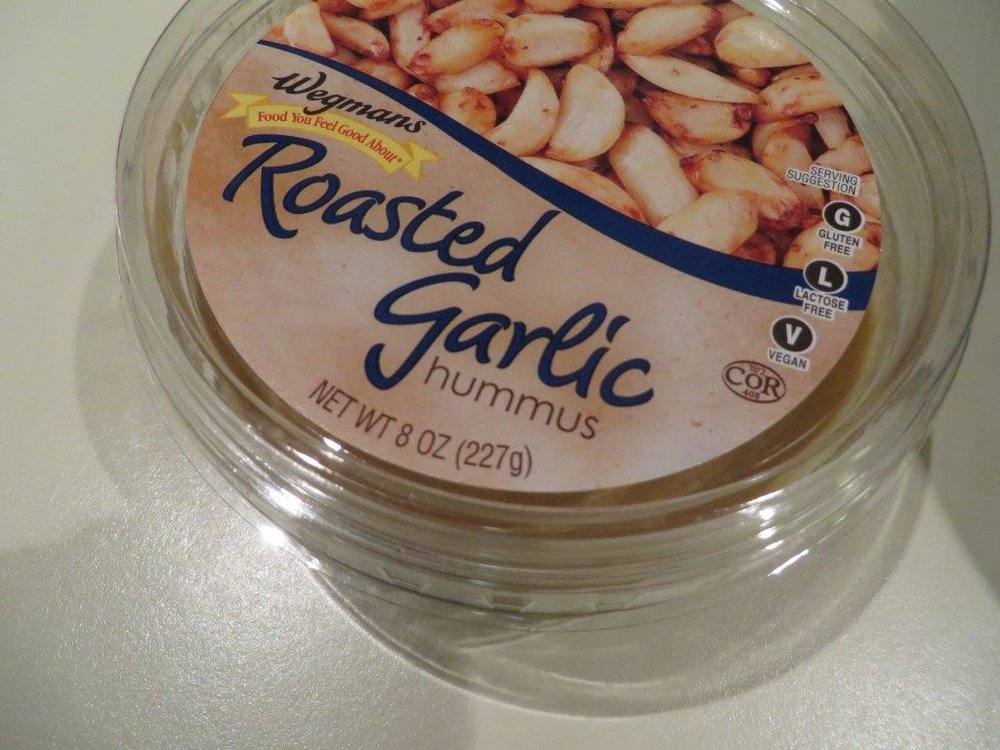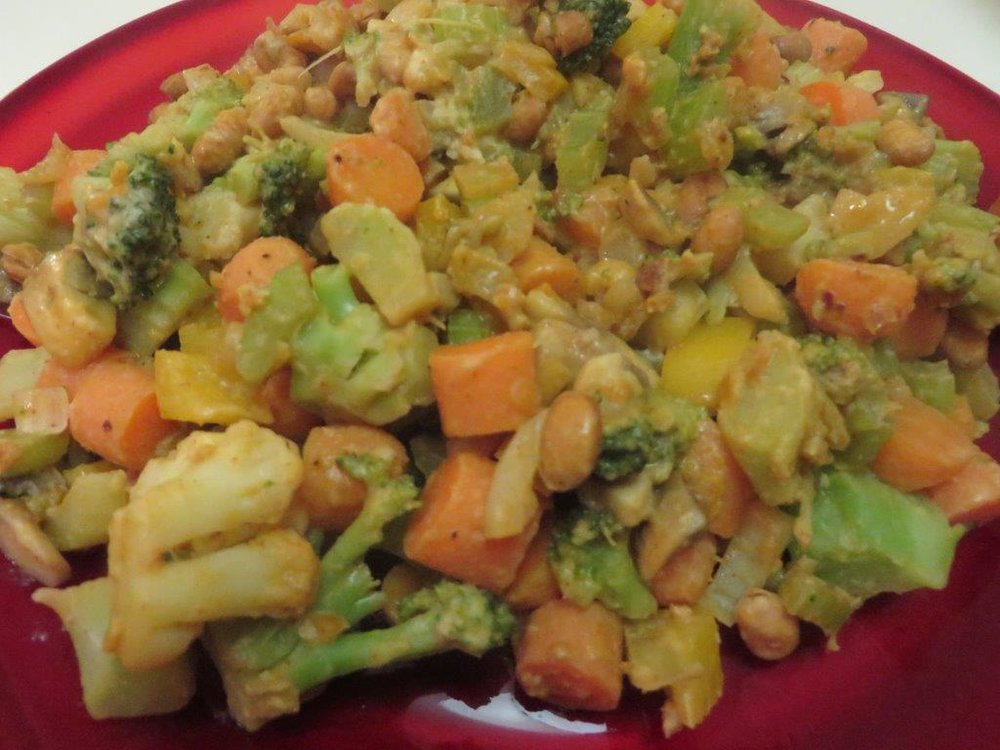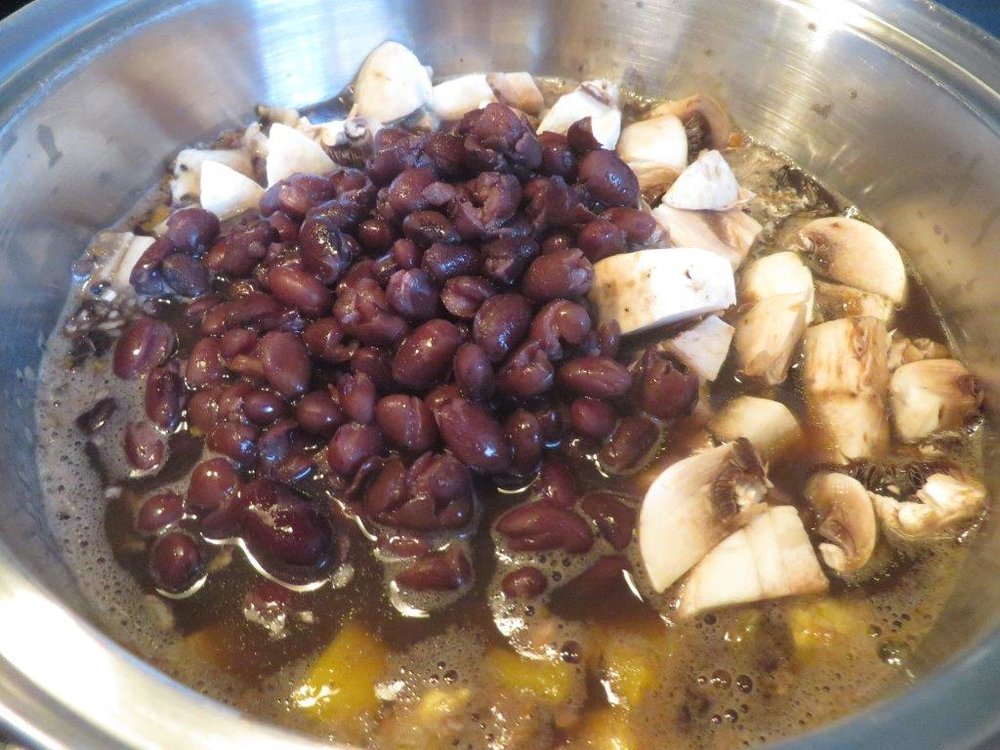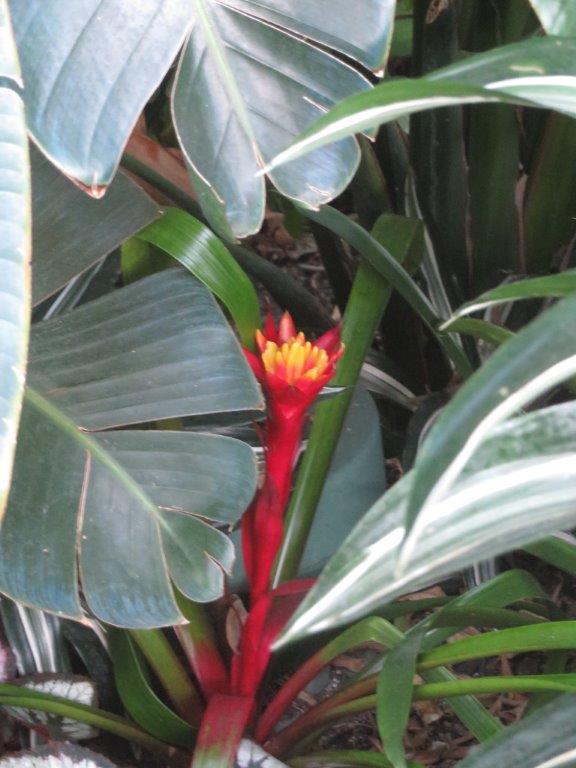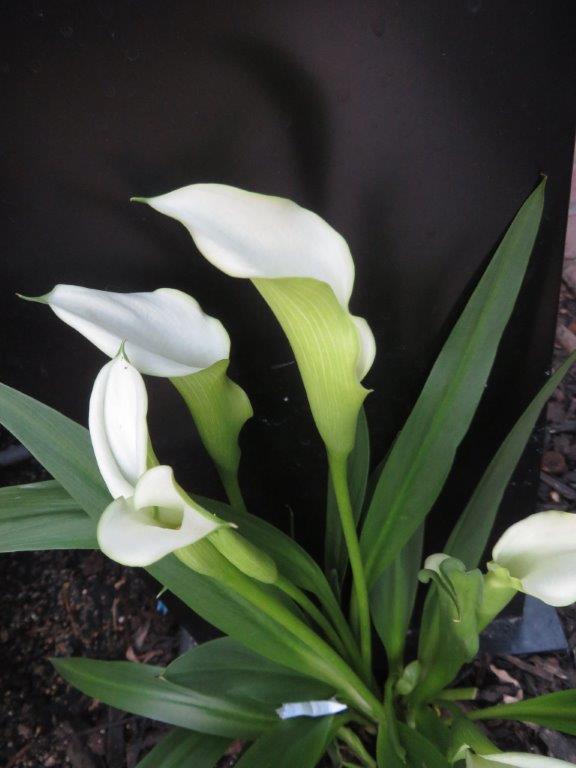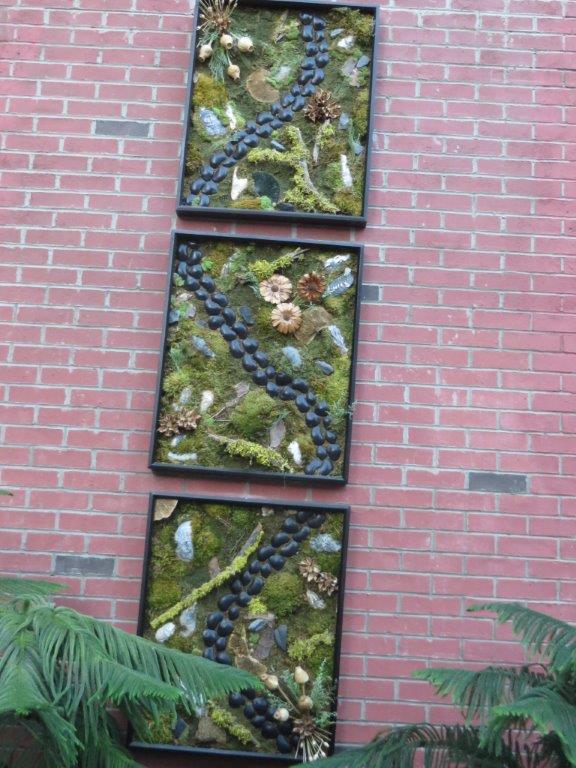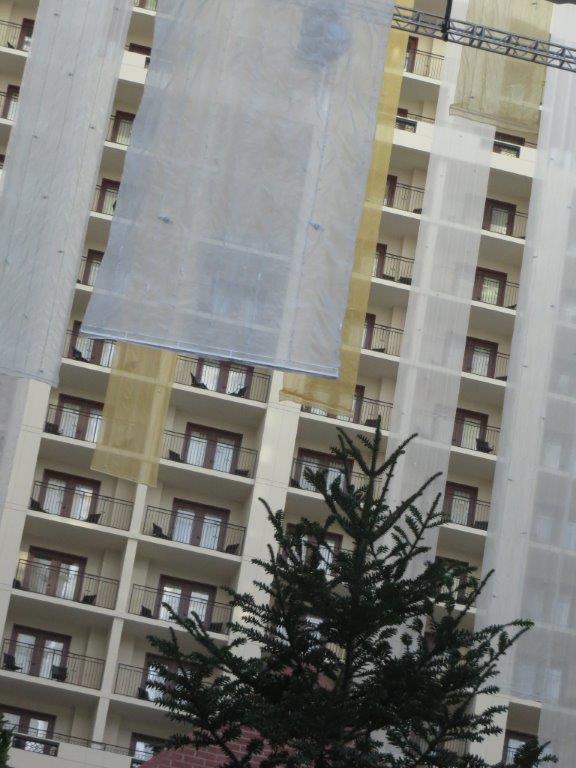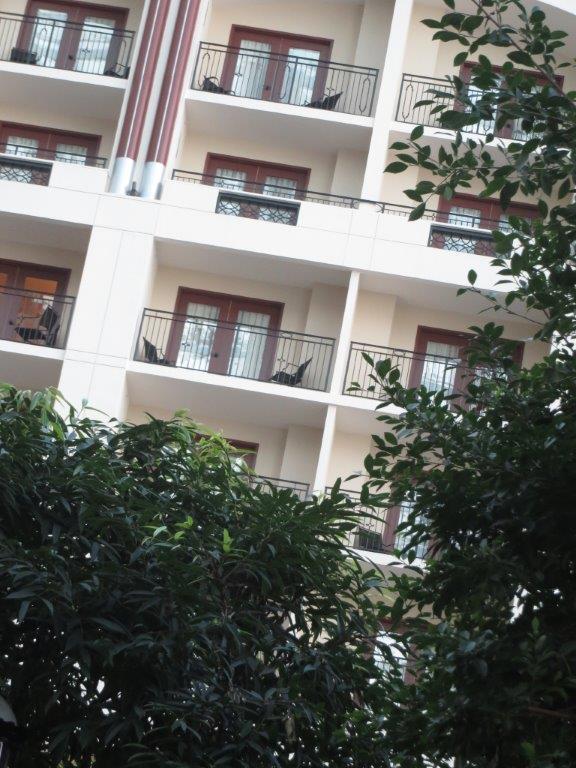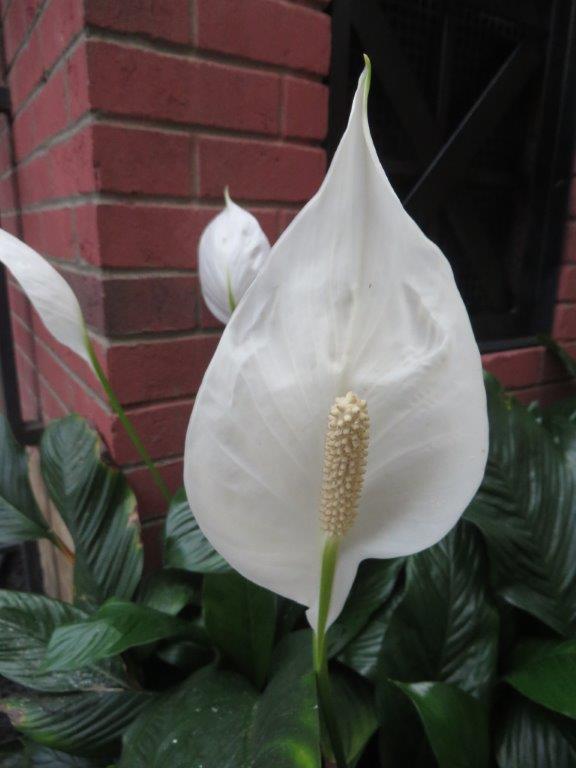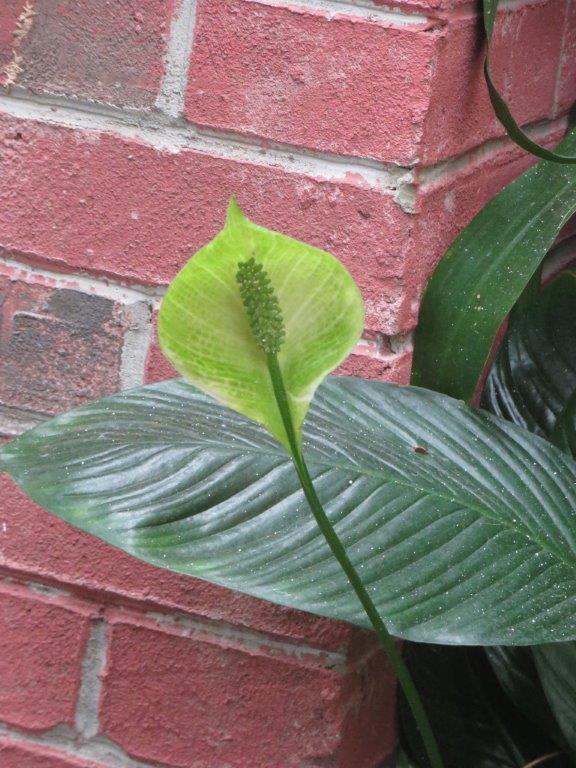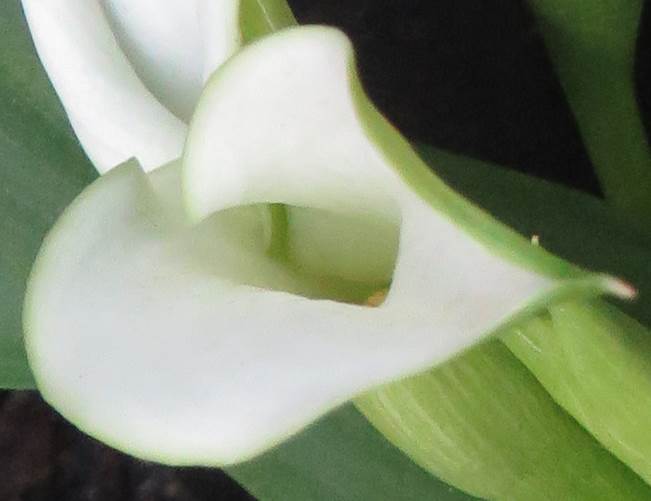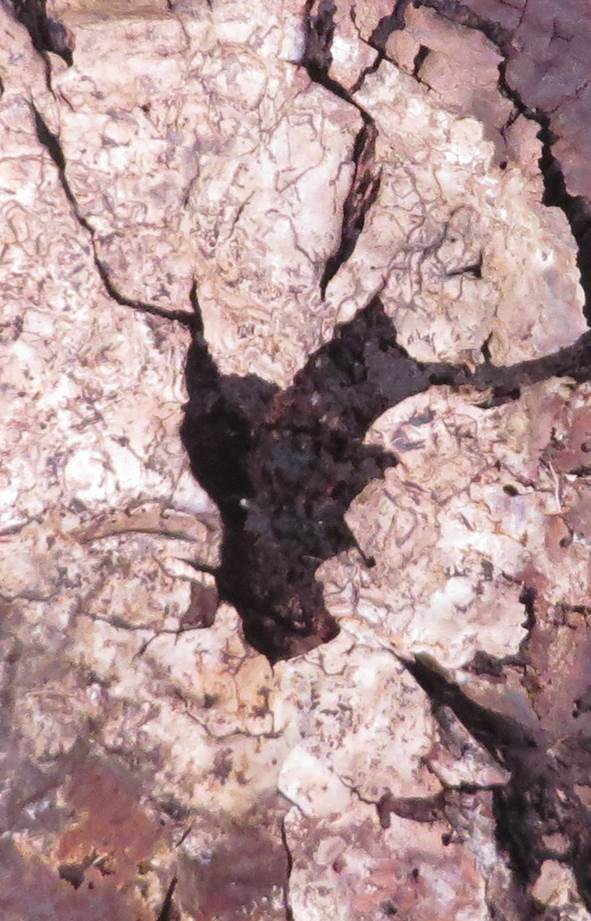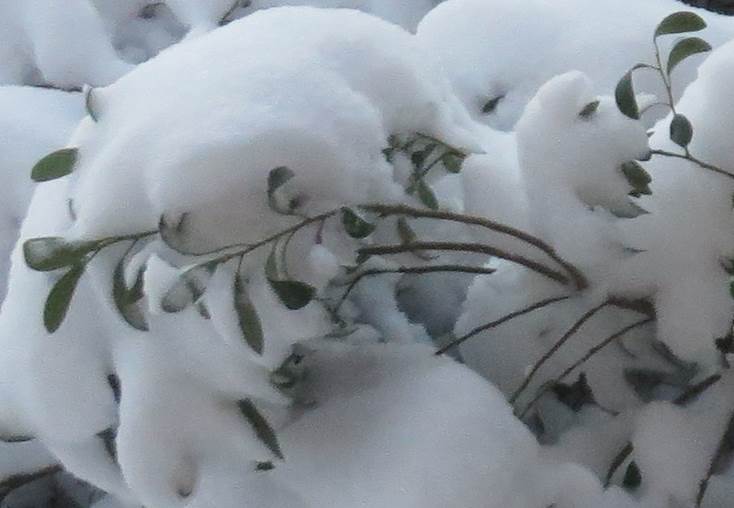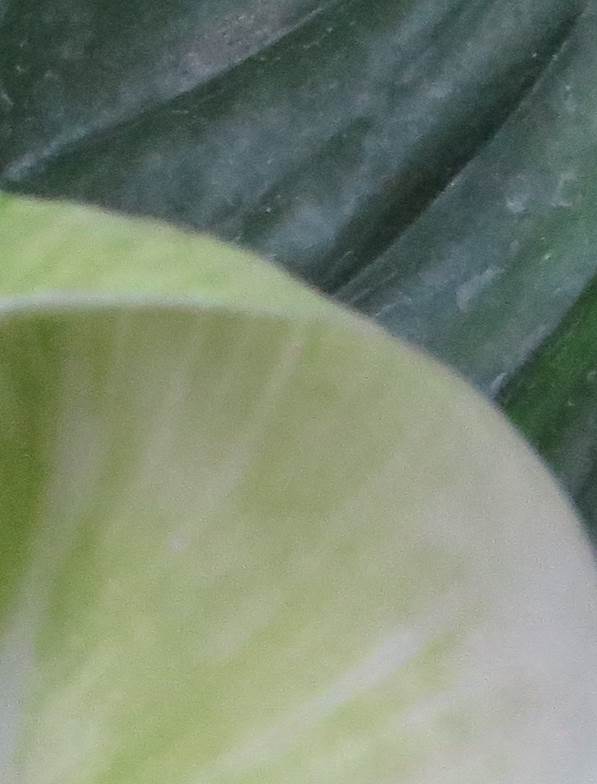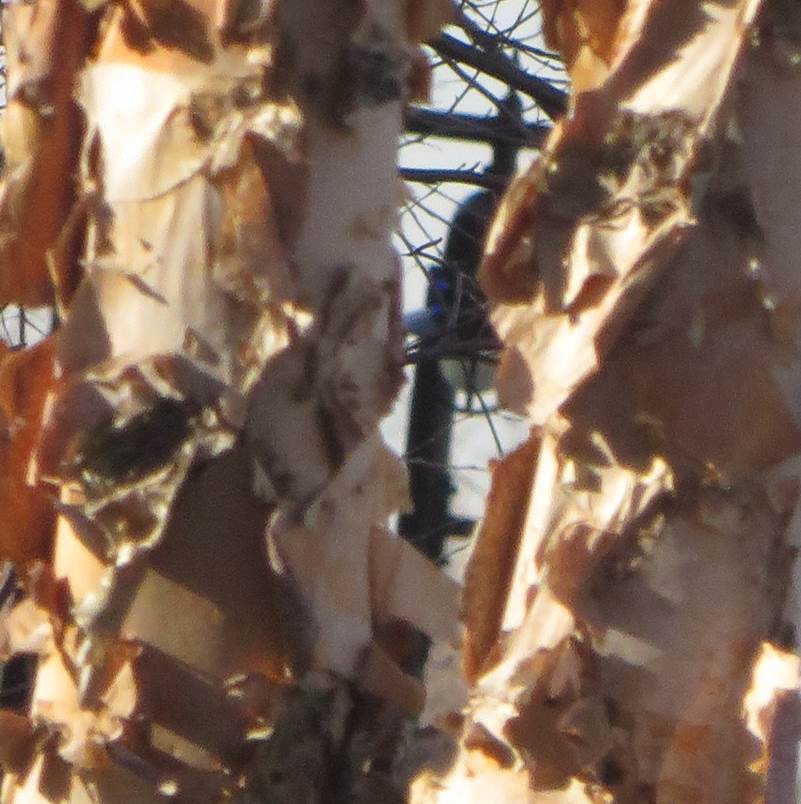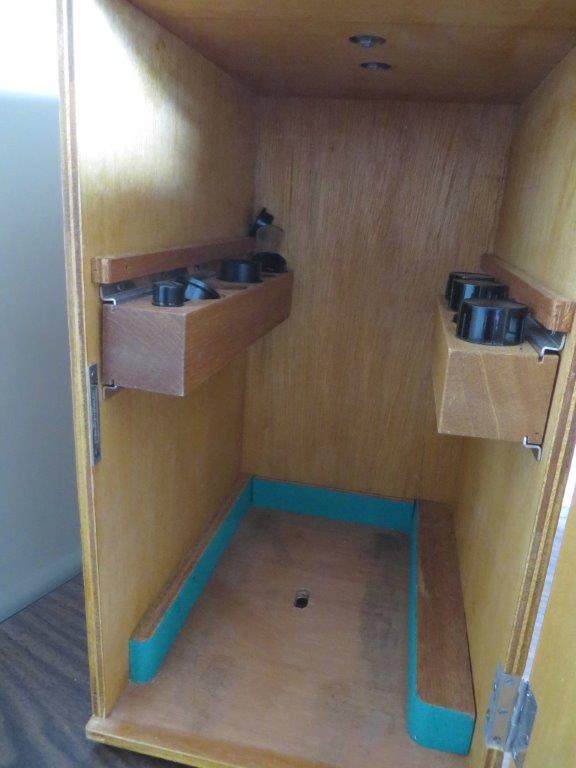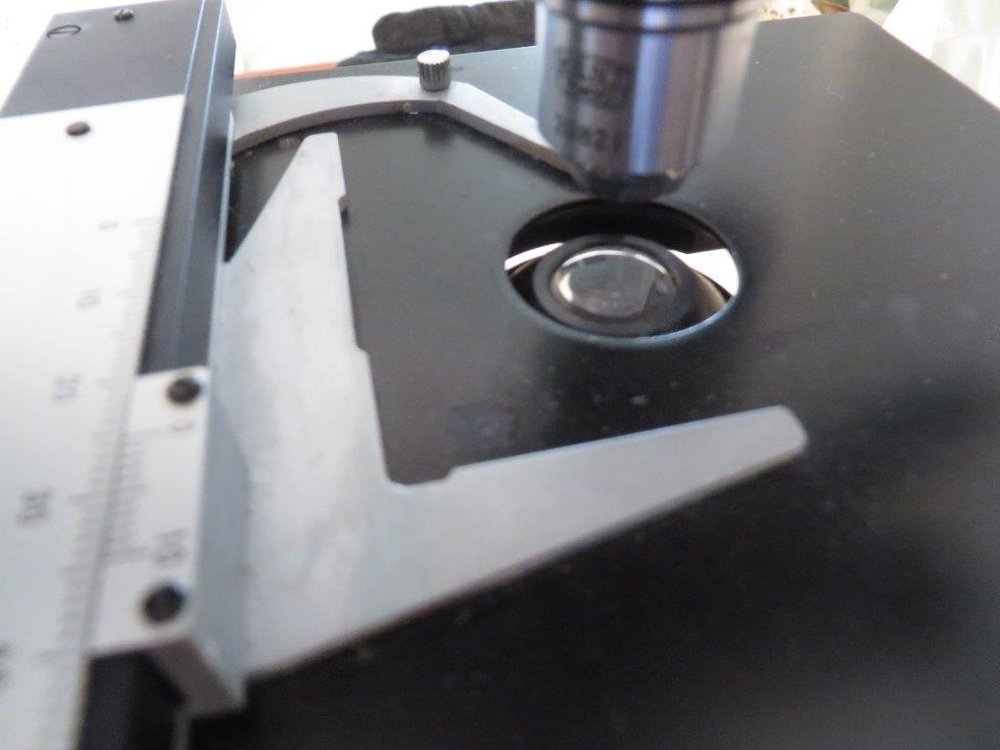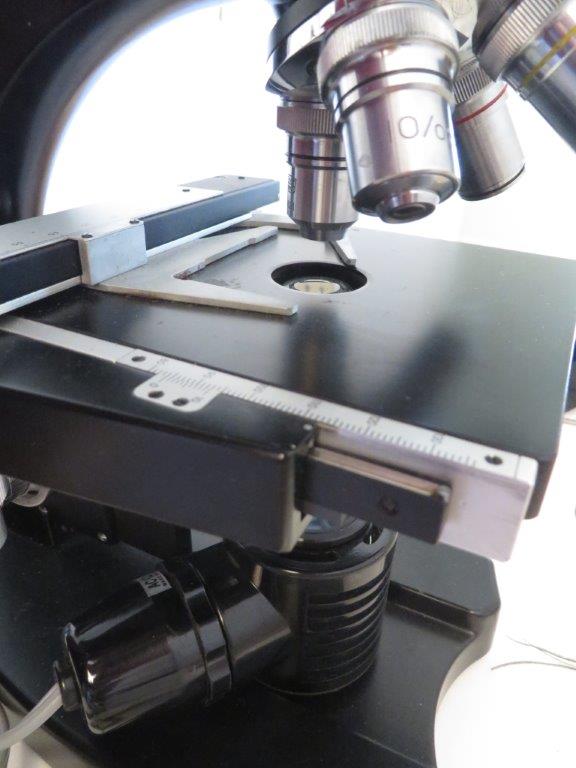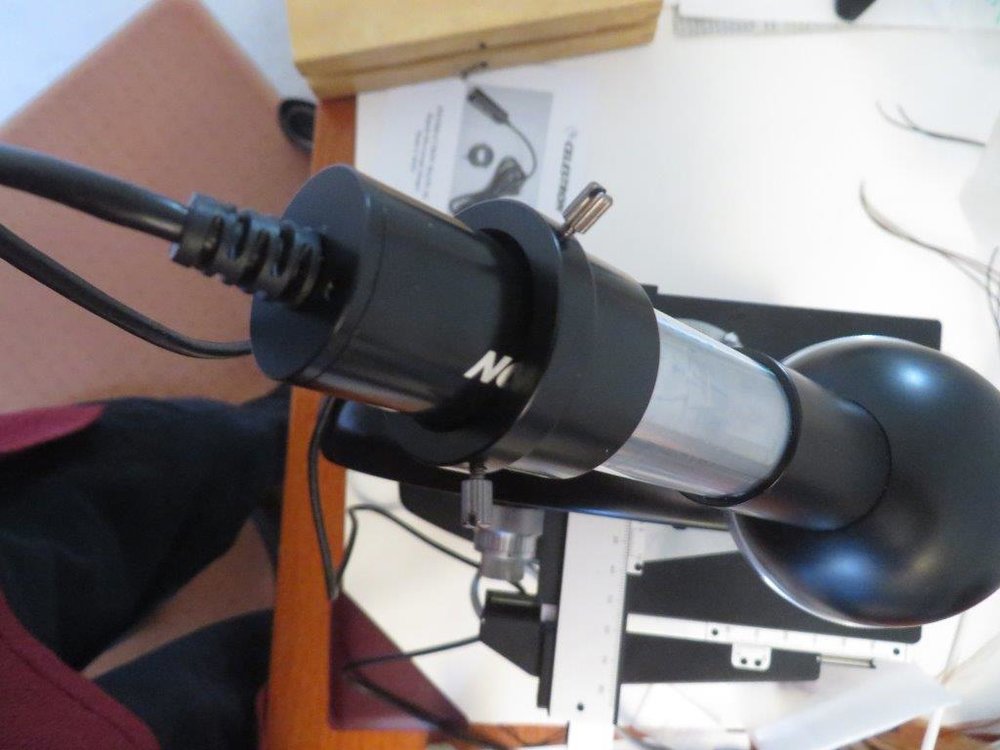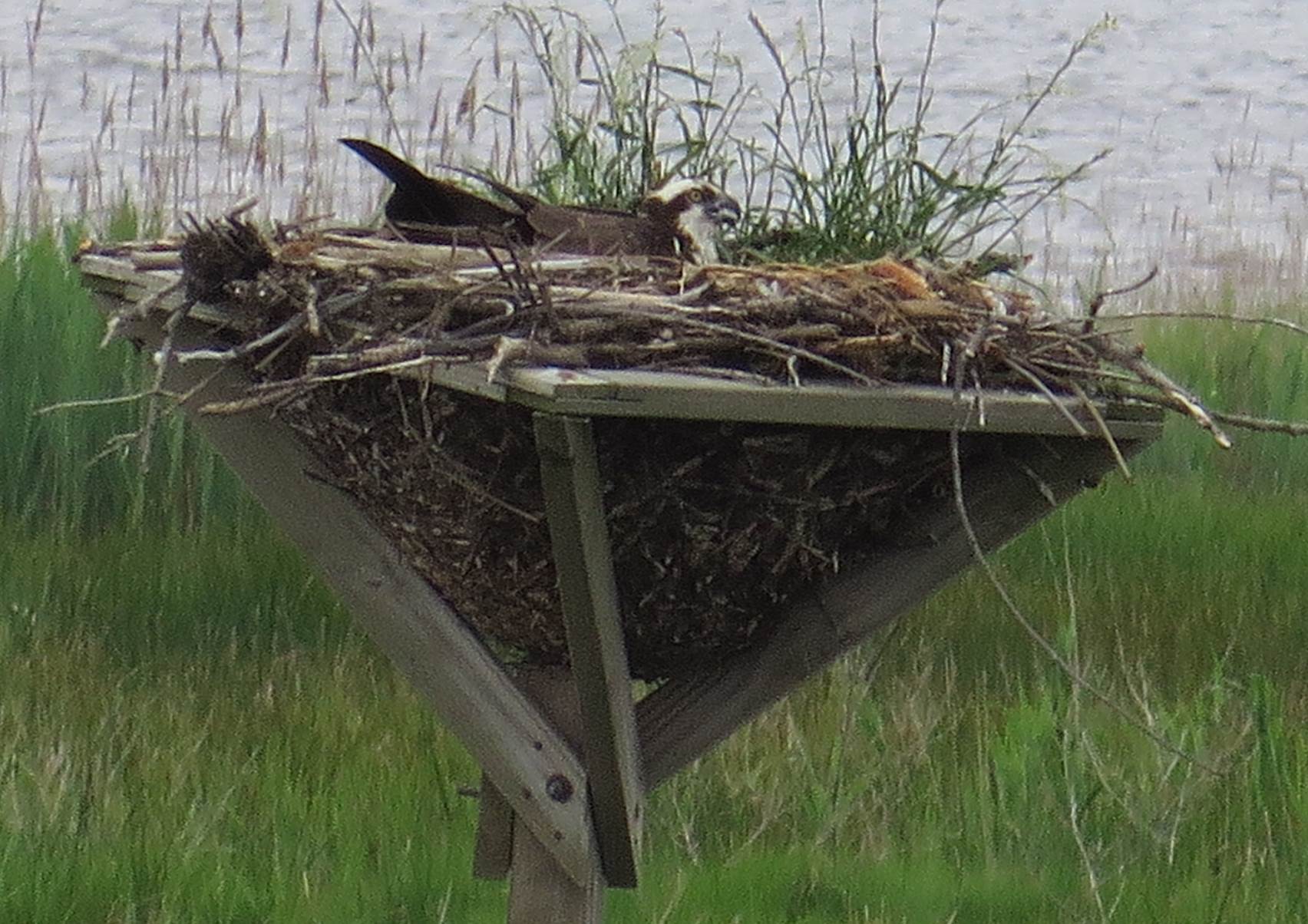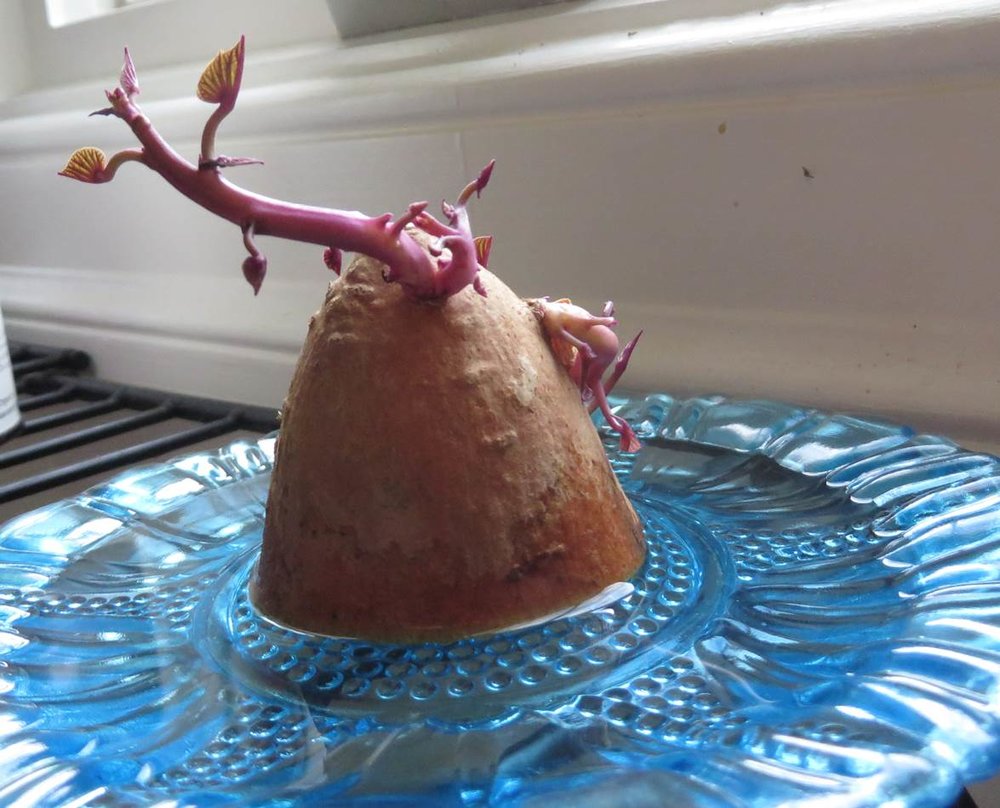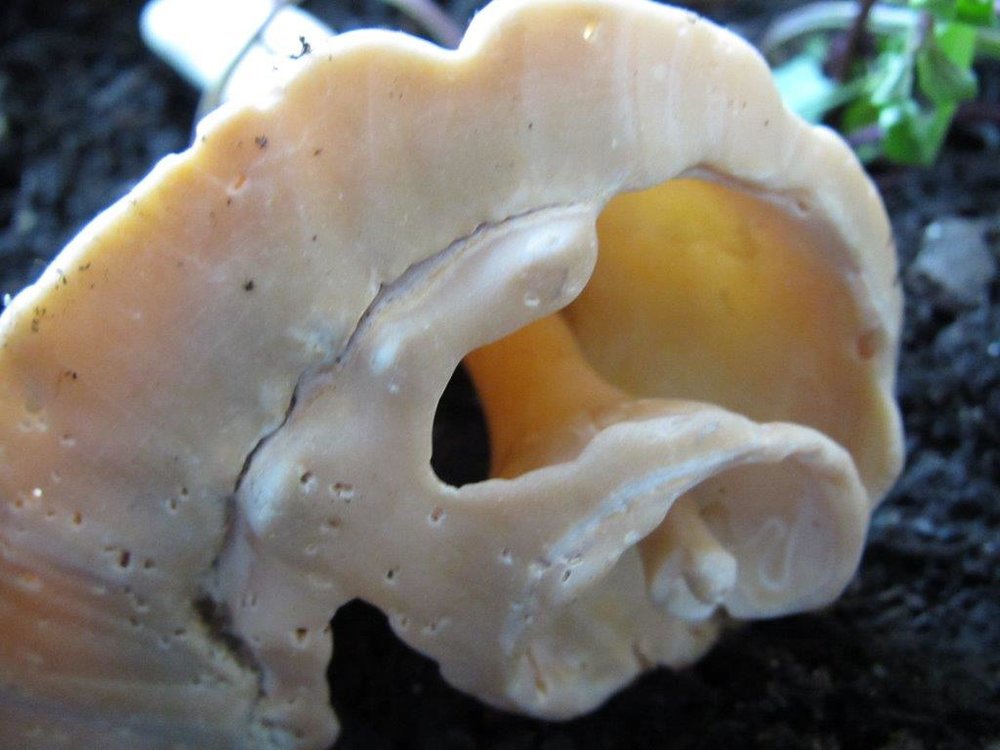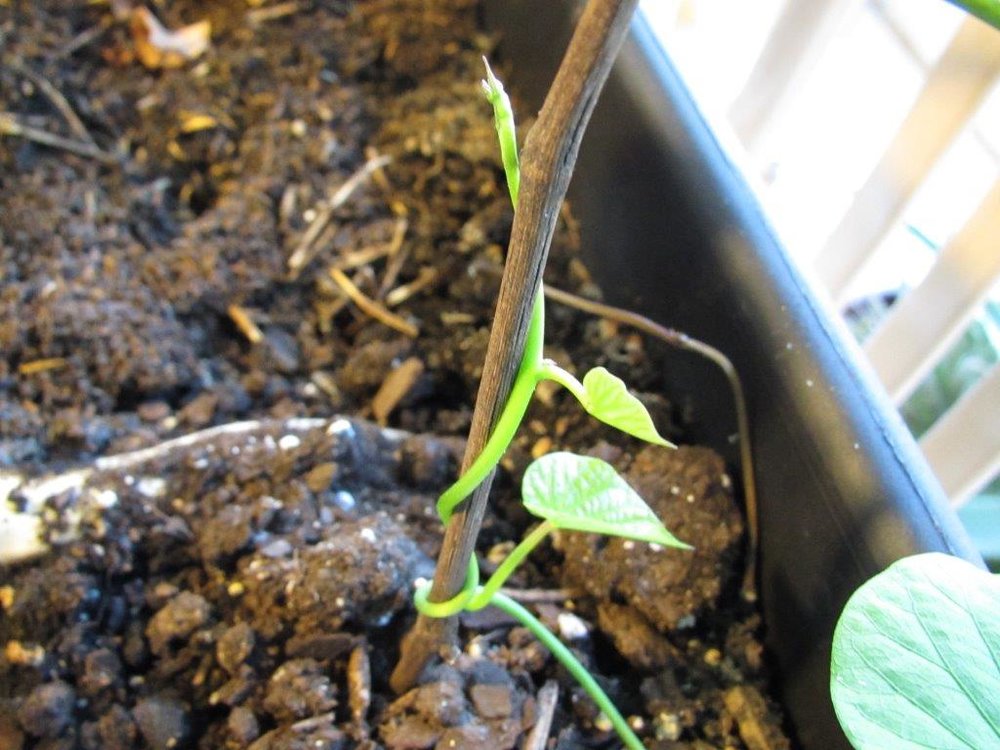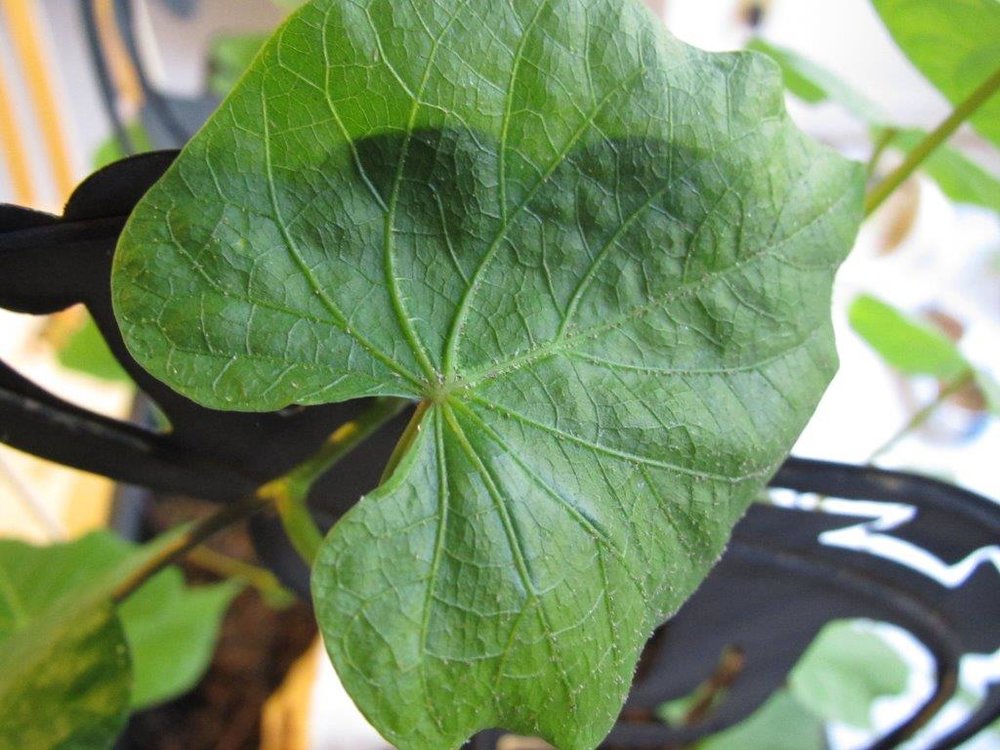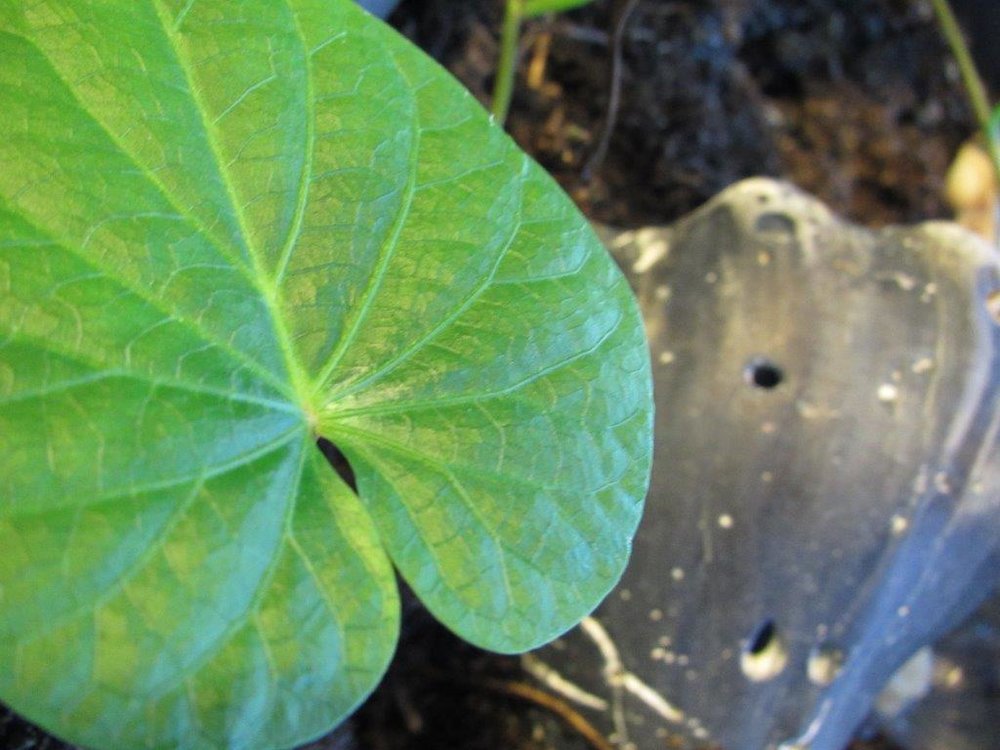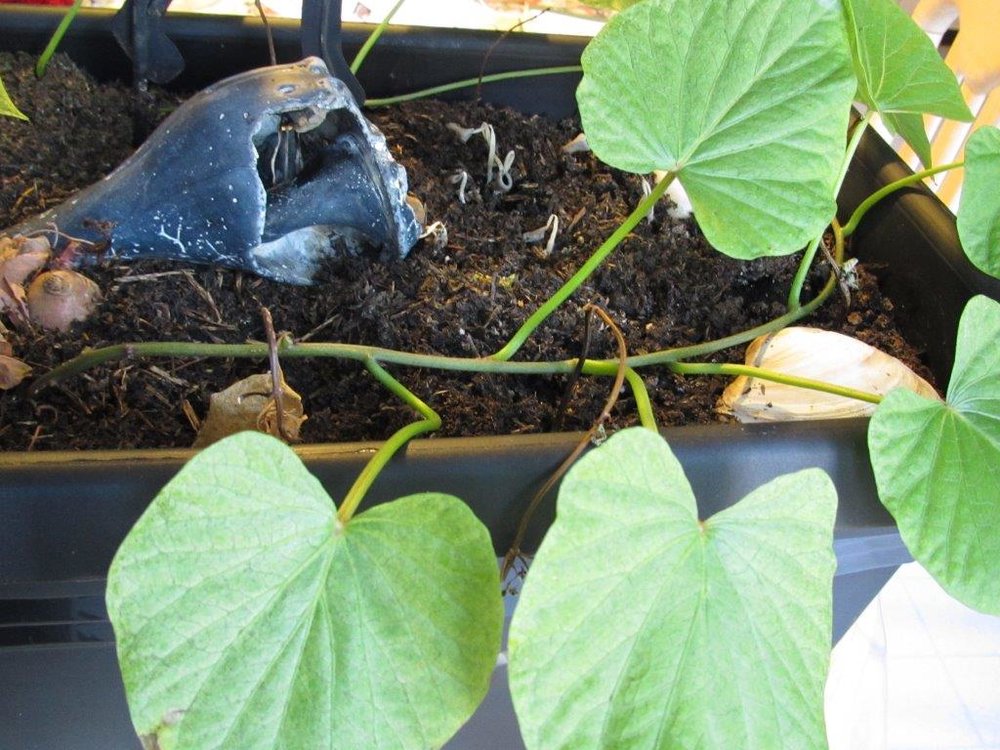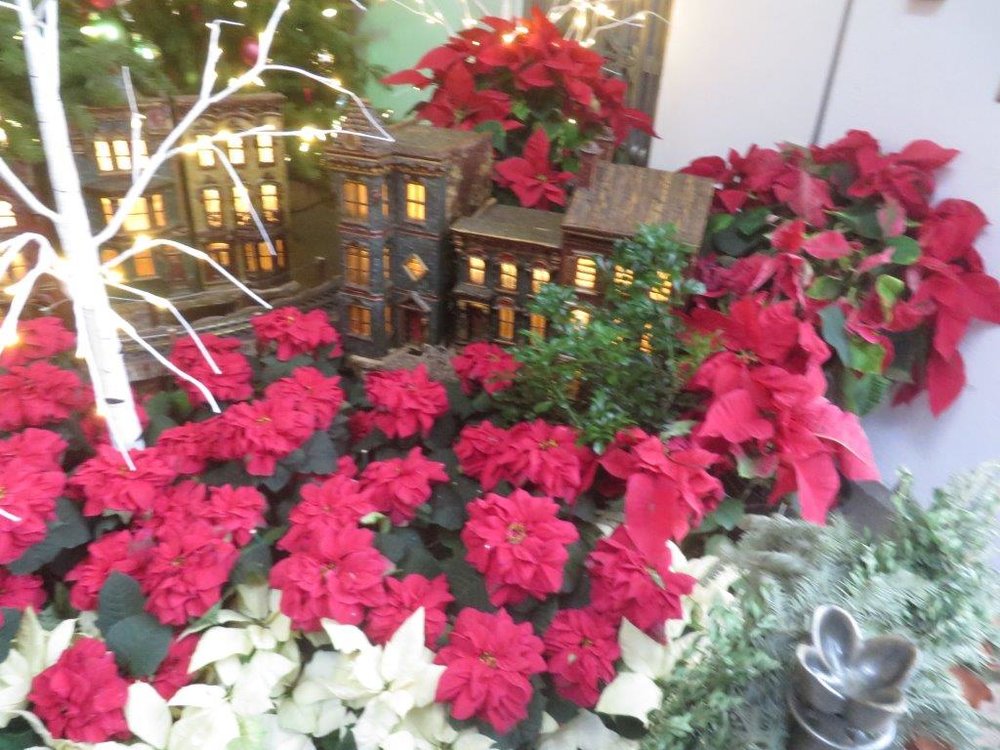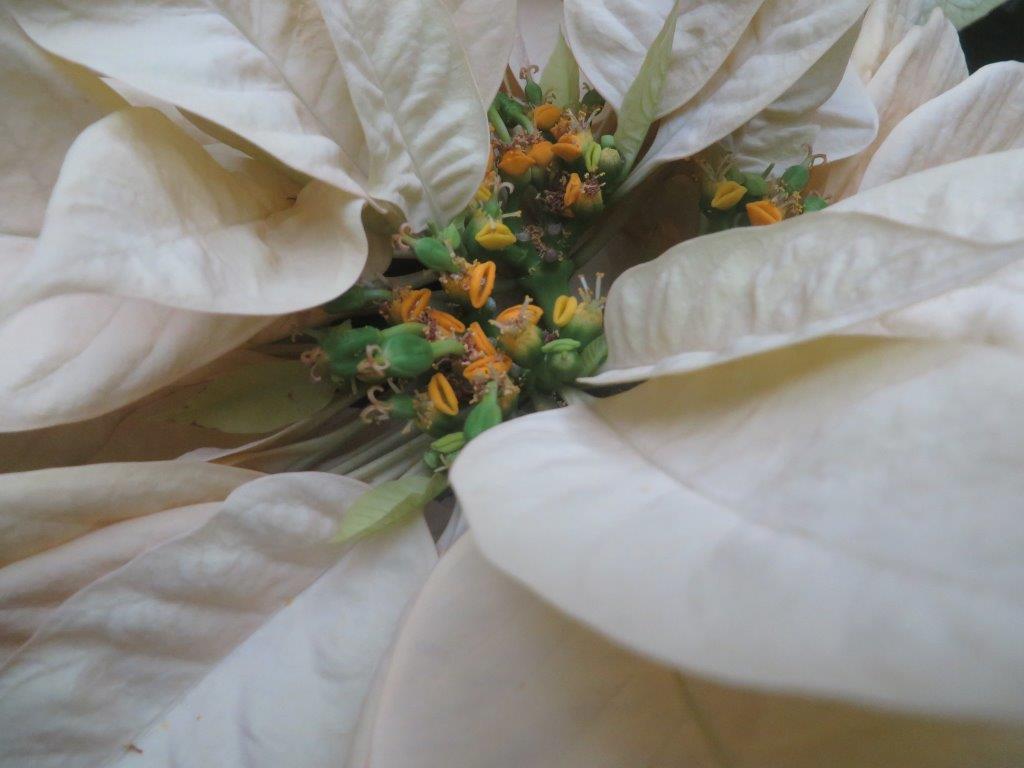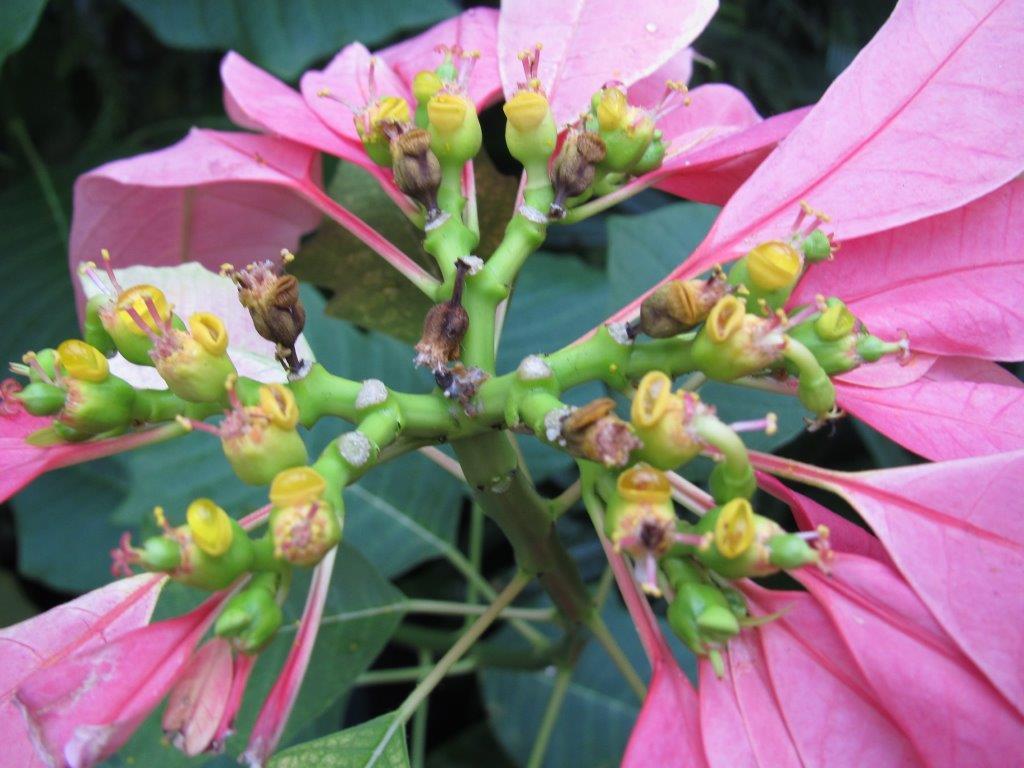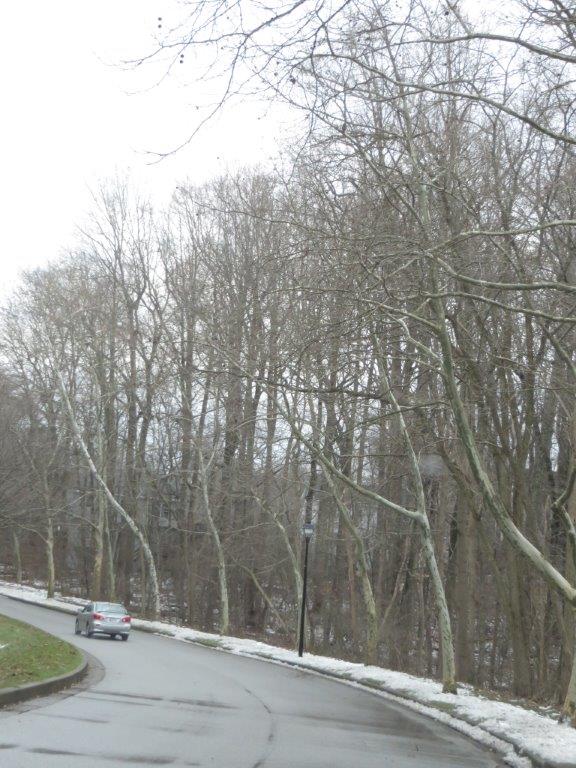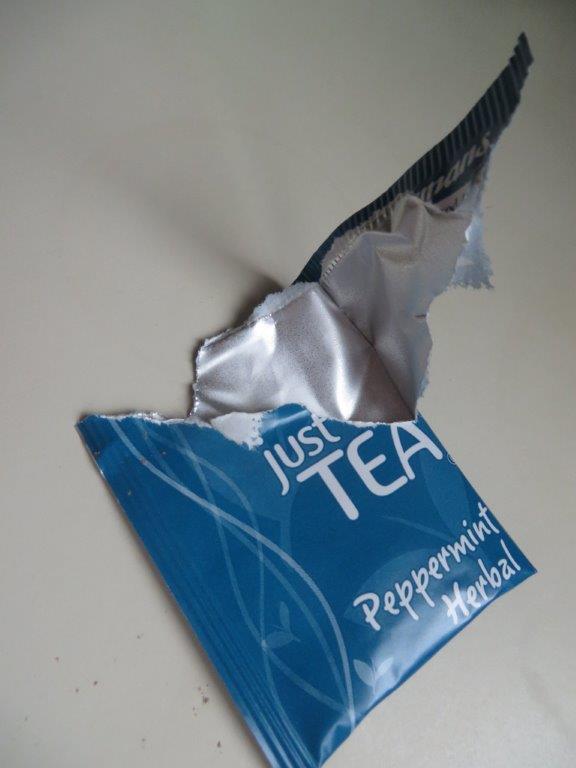Gleanings of the Week Ending January 25, 2014
/The items below were ‘the cream’ of the articles and websites I found this past week. Click on the light green text to look at the article.
All of these outbreaks could have been prevented with vaccines - The US has taken a backward step when it comes to outbreaks of diseases like measles and whooping cough. It’s very sad that the downturn has been so abrupt in the past 4-5 years….and that we know why; when will the toll of these diseases reach a tipping point toward increasing mandates for vaccination. All my vaccinations are up to date (and I may ask for a whooping cough booster at my next annual physical since some if my volunteer work is with children).
 Wellcome Images - Digital images from the many historical sources made available under Creative Commons licensing by the Wellcome Library, London. All low resolution images are freely available for download for personal, academic teaching or study use. The image at the right is a Mark Catesby illustration of a magnolia blossom and pod.
Wellcome Images - Digital images from the many historical sources made available under Creative Commons licensing by the Wellcome Library, London. All low resolution images are freely available for download for personal, academic teaching or study use. The image at the right is a Mark Catesby illustration of a magnolia blossom and pod.
Top 20 Metropolitan Areas in the U.S.A., 1790-2010 - A very busy chart…but worth look at for a bit. Expand it and take a look. Some cities peaked early (like Baltimore); some didn’t get started until much later (like Dallas and Houston). New York has stayed at the top since it surpassed Philadelphia in the early 1800s.
An earthquake threat is building up in the central U.S. - Lots more people living in the area than there were in the early 1800s (when the last big earthquake occurred there.
Designing Your School of Choice: mySchool - An essay by Adam Renfro about his vision for ‘school.’ There are so many options for future schools….the big challenge will be to choose those options wisely. The balance between needs of the student and society will become more nuanced. It is interesting to observe the uniformity implied by core curriculum, testing, and building structures with the explosion of easily available learning environments that are anything but uniform.
How a Versatile Gut Bacterium Helps Us Get Our Daily Dietary Fiber - Another bit of evidence that our bodies are complex ecosystems with many organisms interacting…..organisms that we need to be healthy!
What's the best place to see or visit in your area? - This is a post where the comments are the main content. I know in my area I have favorites - and the ones I recommend depend on the interests of the person asking!
To MOOC or Not To MOOC - Infographic. I learned a new acronym: SPOCs is (Small Private Online Courses)
NASA Finds 2013 Sustained Long-Term Climate Warming Trend - The Earth’s temperature has risen about 1.4 degrees F since 1880. The average temperature in 2013 was 1.1 degrees F since the mid-20th century. There is a video showing the temperature changes over the past 6 decades.
Roasted Chickpeas - A recipe I’m going to try this week.









